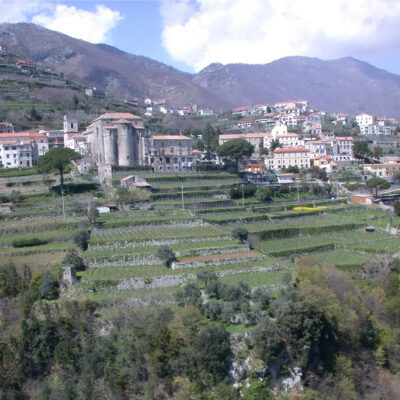Mission and structure of the management plan

Unesco points out that PdG is a process, rather than an event. For the optimal management of the community-territory system, it identifies eight stages:
1. To involve stakeholders in the management approach.
2. Know the cultural landscape to be managed, and its values (from the inhabitants, as well as the experts)
3. Define a shared view on the future of the community-territory system
4. Identify management objectives, and opportunities or threats, making use of the PdG to manage both of them.
5. Identify all the possible options, and agree on the management strategy
6. Coordinate the actual implementation of the management strategy
7. monitor, evaluate and adapt management
8. Decide when to review both the management strategy and the PdG for any corrections.
The Costiera Amalfitana’s PdG has been started with a precise vision: to reactivate the process of intelligent and compatible adaptation of the territory to the needs of the community that uses it, TOWARDS THE ANCIENT COAST is the slogan that defines it. From the observation that the brilliant result of the ancient adaptation was due to a search for profits that however counted on a widespread knowledge of the effects of each intervention, the mission of the Plan was then derived: to propose a set of actions capable of recovering the knowledge of the effects and restoring the convenience of the interventions that concretize them.
The third part of the PdG is articulated in the following way: In the first part, after a brief exposition of the path that led to the present edition of the PdG (Cap. 2), the strengths and weaknesses are analyzed, as well as the opportunities and threats to which the system is exposed (Chap. 3). From all these analyses, the critical issues that the PdG is called upon to resolve (Chap. 4) have been derived, starting with the proposed governance model, to the illustration of which the entire Chapter 5 is dedicated. Cap 6 sets out the criteria with which the strategic objectives that the Plan pursues to achieve the vision have been defined. In the second part, which represents the corpus of the PdG, the 66 interventions that concretize the 36 actions necessary to achieve the 10 strategic objectives are illustrated (Chap. 7). Each of the proposed interventions is described with a detailed sheet, within which structure and contents (purpose, articulation, expected results, actors, costs, etc.) are illustrated in the attached model sheet (All. 3 – Format intervention sheet). Each sheet indicates on the one hand the activities to be carried out with references to the 5 sectors suggested by UNESCO (Knowledge, Protection and Conservation, Enhancement, Promotion, Training and Communication, Monitoring), on the other the elements of interest of the political decision-maker called to implement it: priority, cost and duration; impact generated, both on the territory and on the community. The fact sheet is also completed by the success indicators, necessary to make monitoring concrete and effective.

